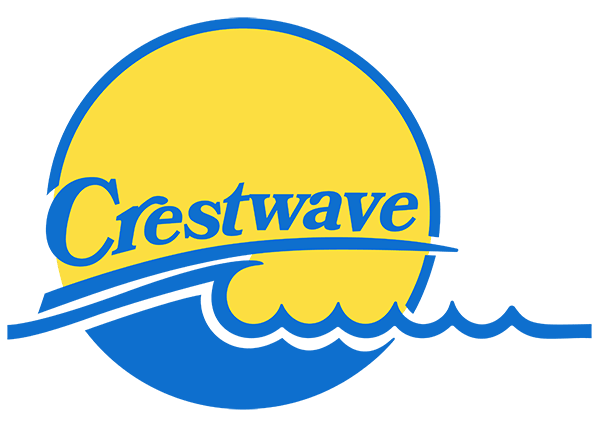
26 Jan Save Energy, Save Money! Building Energy Conservation | Owner Update
Several years ago, an article in the Los Angeles Times, Sunday Edition revealed significant information regarding electric water heaters that all property owners should know. At the outset, the author Mr. James Dulley noted that replacing an old (at least ten years old) water heater with a new super-efficient model is often wise. The new designs and better tank insulation allow the installation of a bigger tank while still saving money. Older electric water heaters cost more to operate than most people realize.
For a typical family of four, replacing an old model at 0.80 EF (energy factor) with a new one at 0.94 EF saves about $100 annually. During its life, this compounds to more than $1,000. Some of the most efficient models also use a “never leak” design with lifetime warranties. These models have a spherical top, instead of the typical flat top, to provide extra thick insulation where the water is hottest. Never-leak water heaters use all plastic and composite materials, so there is no steel to rust near the water. The inner tank, made of tough, stable polybutylene, is wrapped with multiple layers of wound fiberglass for strength. This inner assembly is then encapsulated in thick rigid foam insulation. The exterior shell is tough polyethylene plastic that resists dents and scratches. No anode rod is needed, so it does not create a water odor problem.
Some water heaters include furnace-type setback clock thermostats that can use up to 15% less electricity. Others have new, efficient electronic controls with four settings: normal, scald-resistant, energy-saver, and vacation/cabin. The normal setting allows for any water temperature. To protect children and the elderly, the scald-resistant setting automatically adjusts the temperature. The energy-saver setting monitors your hot water usage patterns and modifies the heating cycles for the lowest utility bills. The vacation/cabin setting lowers the water temperature to 50 degrees to prevent freezing.
Most steel water heater tanks have a thin inner glass lining to stop corrosion. Another effective design uses a half-inch thick stone lining to extend the tank life. The stone also adds a little more insulation. Especially in hard-water areas, select a model with larger, hand-size sediment clean-out access holes. Special dip tube designs also swirl the incoming cold water to keep sediment from building up.
Again, for your long-term tenants, you can offer to provide a larger water heater that saves them money every month on their electric bill for a shared cost arrangement. This shares the cost AND benefits!
This is a typical owner update provided to Crestwave Property Management clients. If you’re interested in becoming one of our valued clients please contact us today! We’d love to see how we can help you build a more stress free owner-tenant relationship!
